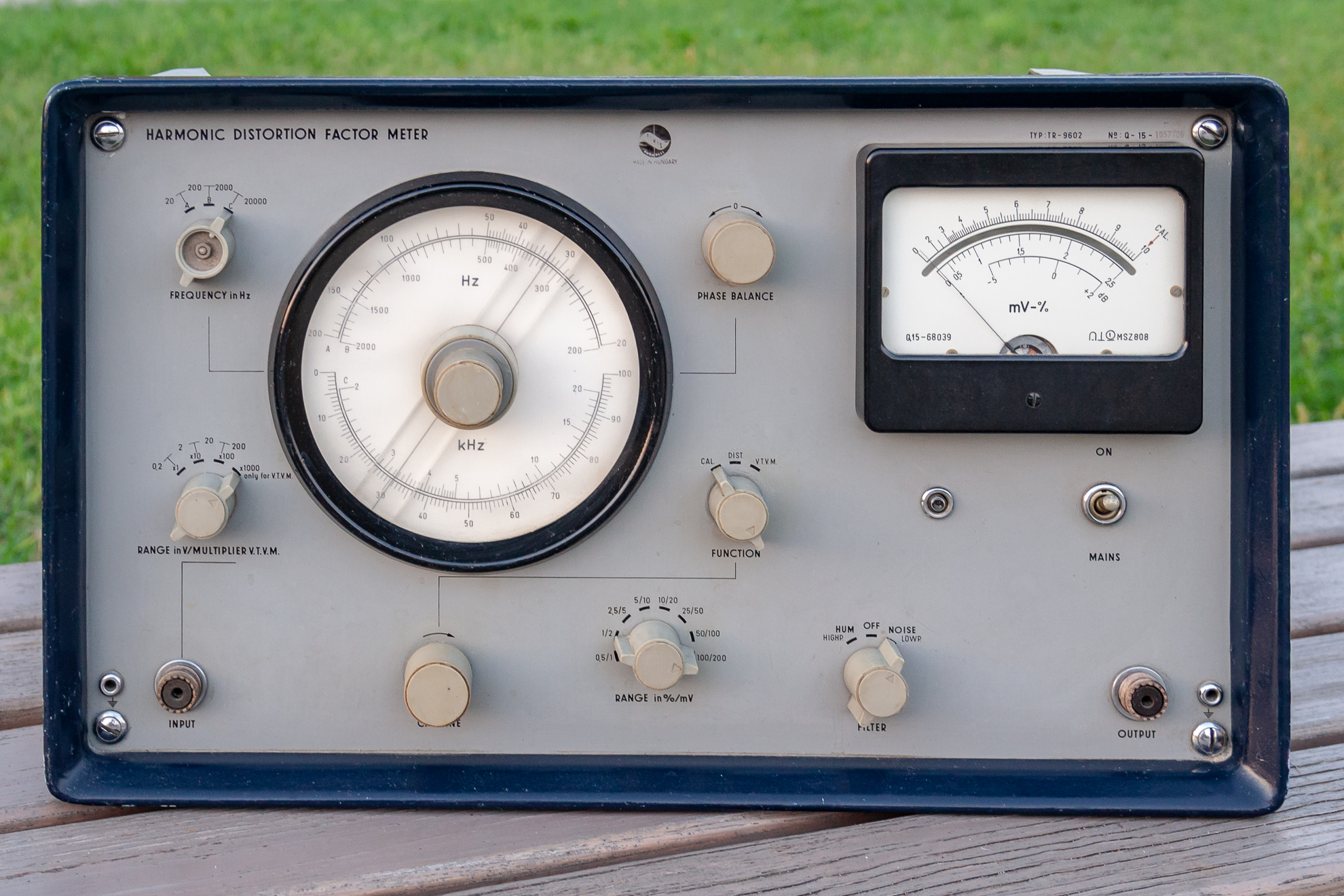Some time ago, if I remember correctly, I got this instrument for 1,000 forints, and more recently I parted with it due to lack of spac. The first impression, despite being a tube instrument, is that it is incredibly light. No doubt, it’s a rather large unit—and you could practically keep a guinea pig in the case (if the anode voltage didn’t electrocute it). The casing should be gray, not dark blue—but this one is dark blue, and a bit worn. Inside, however, it’s in excellent condition.
History
This measuring instrument was designed by Sándor Selyem-Tóth and manufactured by the Elkisz Industrial Cooperative in the 1970s, in Budapest. The instrument is stylistically similar to the Elkon series used in automotive diagnostics. They were probably made in the same place.
A piece of classic engineering. Despite being more than half a century old, its durability and accuracy are excellent. The interior looks as if it had been made yesterday. Its heart is all tubes: PCC88 double triodes and EF86 pentodes. As the attached diagram shows, apart from the voltmeter section its essence is a finely built Wien filter, tunable with a dual air capacitor, which serves to separate the fundamental signal from the distorted one. It can also be used as a highly sensitive vacuum-tube voltmeter.
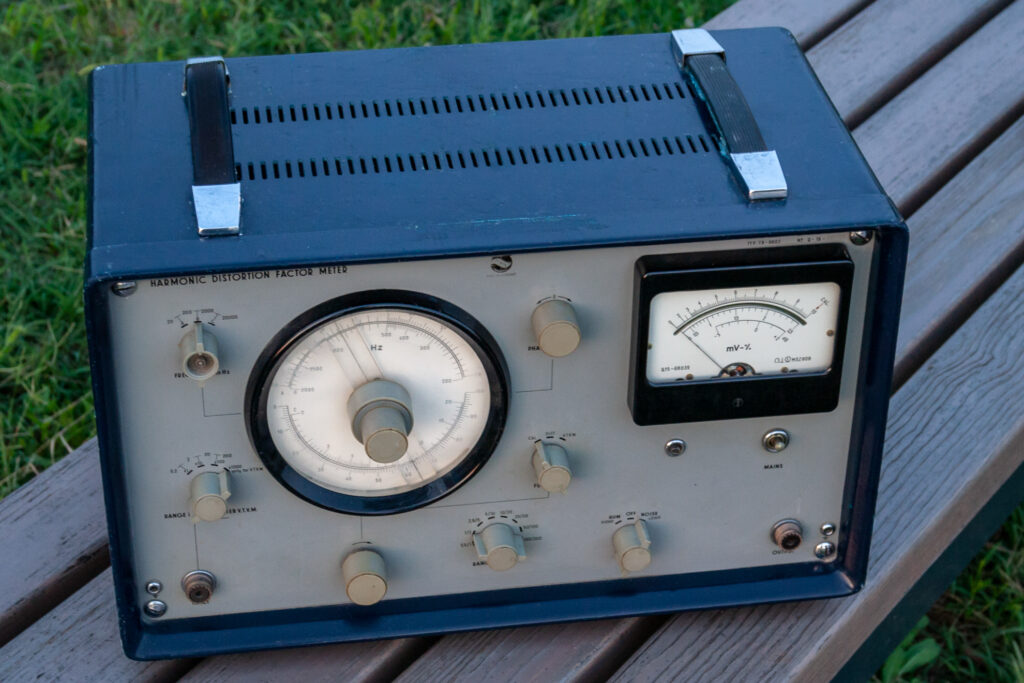
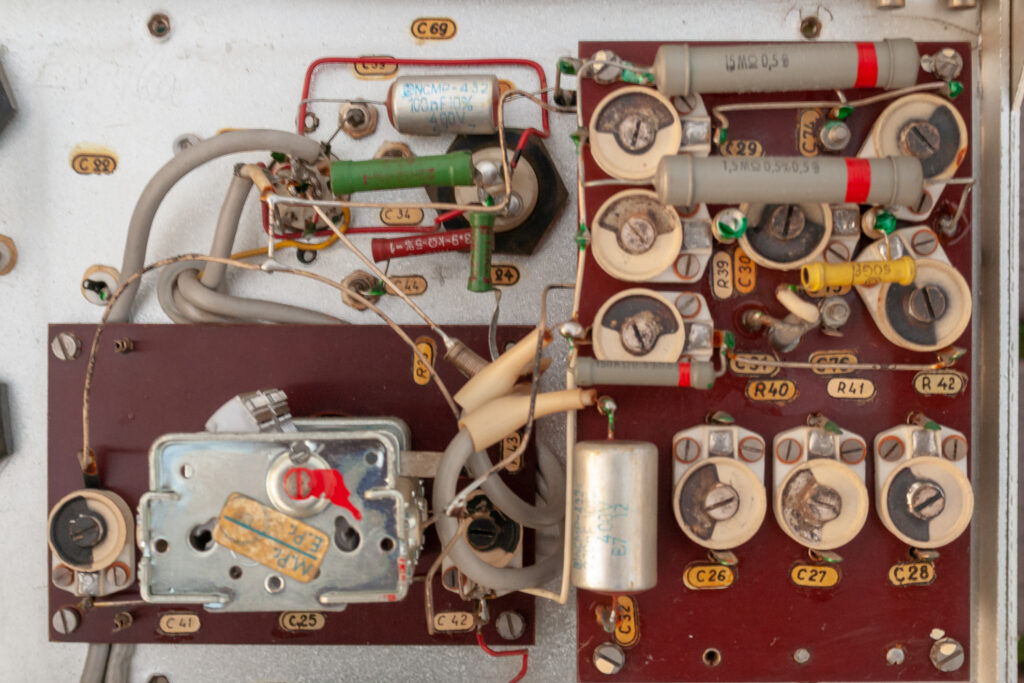
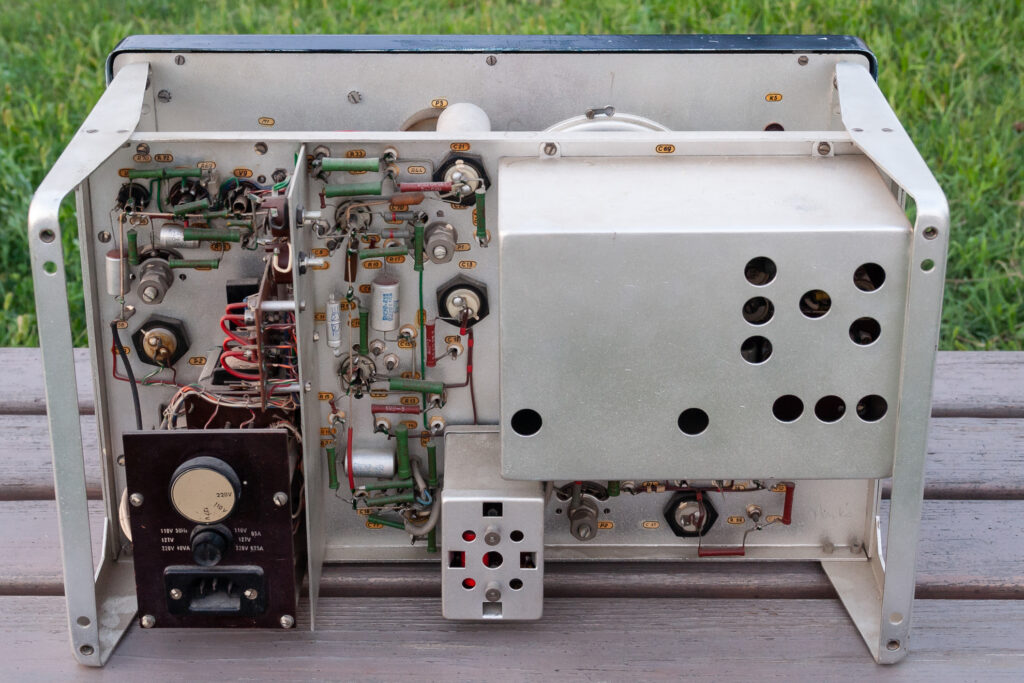
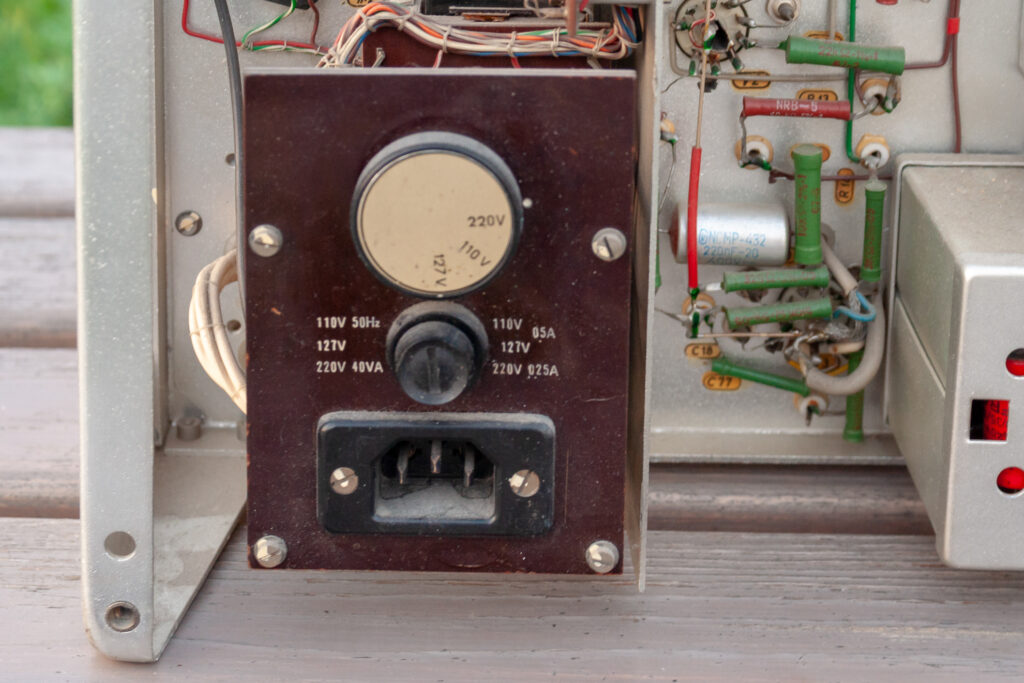
How it works?
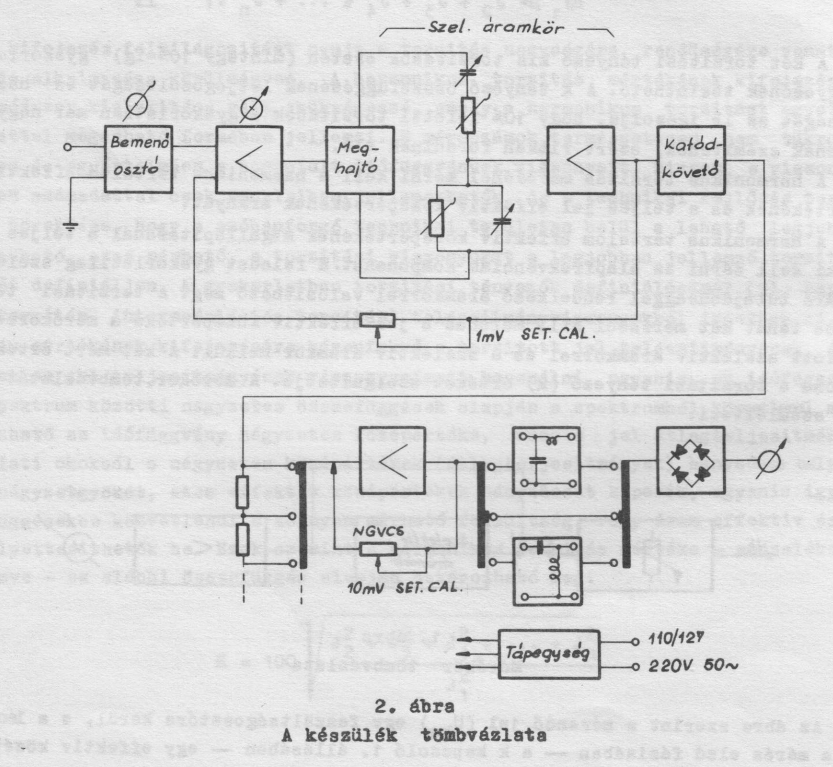
The total harmonic distortion (THD or THDi) is a measurement of the harmonic distortion present in a signal and is defined as the ratio of the sum of the powers of all harmonic components to the power of the fundamental frequency.
From a technical point of view, it is easier to implement a measuring arrangement or measuring instrument that is based on measuring the RMS value of the harmonic components and the RMS value of the total signal, and then forming their ratio. If the distortion is small (≤10%), the two quantities can be regarded as identical.
This instrument also measures according to the latter principle: it determines the ratio of the RMS value of the harmonic content to the RMS value of the total signal.
When determining the RMS value of the harmonic content, the fundamental frequency component must be excluded from the total signal. This task is accomplished by a Wien filter with selective band-stop characteristics.
The measurement is carried out in two phases:
Phase 1: With the FUNCTION switch in the CAL. position, the input signal—attenuated to a suitable level by the input divider—reaches the input of the vacuum-tube voltmeter directly, bypassing the Wien filter. The input voltage divider and the CAL. FINE potentiometer must be adjusted so that the meter pointer reaches full-scale deflection. At this point, the reference base is set to unity, meaning that the full-scale deflection corresponds to 100% distortion.
Phase 2: With the FUNCTION switch in the DIST. position, the selective band-stop circuit is inserted into the path of the measured signal, excluding the fundamental frequency component from the signal applied to the vacuum-tube voltmeter. Thus, the meter indicates the RMS value of the harmonic content, which—relative to the full-scale deflection—represents the distortion factor. This value can be read directly in percent from the instrument’s scale.
To improve evaluability, the sensitivity (measuring range) of the vacuum-tube voltmeter can be adjusted during the second phase of measurement. With the FUNCTION switch in the VTVM position, the instrument can be used as an ordinary vacuum-tube voltmeter.
In addition to the tunable Wien filter, the device also contains a low-pass filter and a high-pass filter (both fixed at 250 Hz), which can be inserted into the measuring circuit by means of the FILTER switch. These filters make it possible to separate the hum voltage originating from the power supply network from the actual distortion.
Technical data
- Distortion measurement: 0.5% – 100% full scale, in 8 ranges
- Smallest measurable distortion: 0.1%
- Accuracy with a single harmonic: ±5% of full scale, 0.1 distortion percent
- Accuracy with a single harmonic (alternative spec): ±10% of full scale
- Fundamental frequency range of the measured signal: 20 Hz – 20 kHz, in 3 ranges
- Highest measurable harmonic frequency of the signal: 60 kHz
- Frequency calibration accuracy: ±3%, ±2 Hz
- Input voltage range: 0.2 V – 200 V RMS
- Input impedance: 1 MΩ || 90 pF
The complete Hungarian-language documentation and circuit diagram can be downloaded here.

